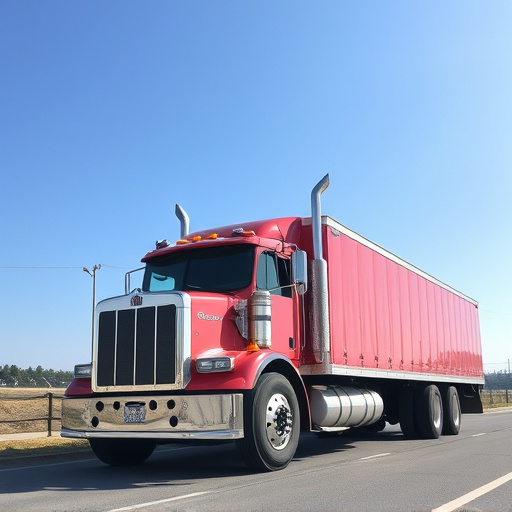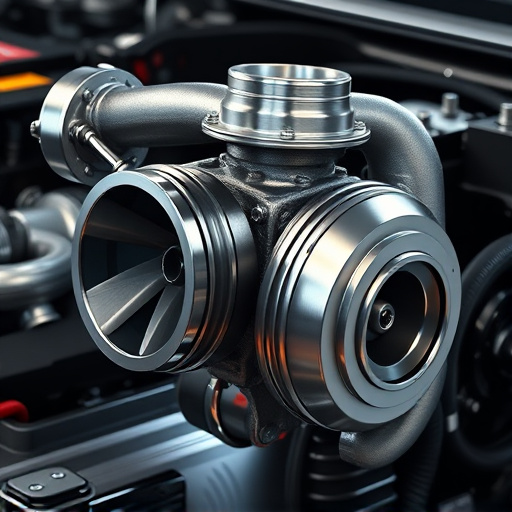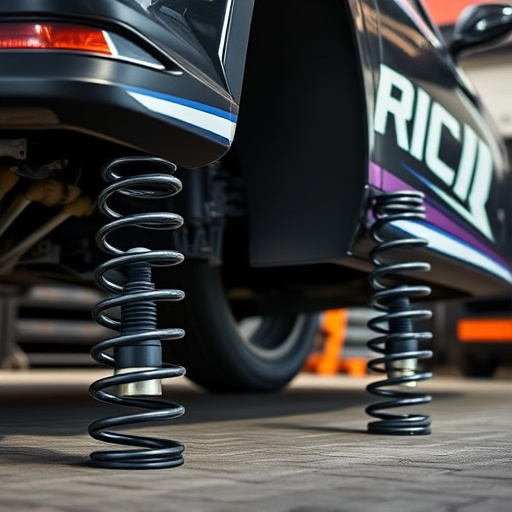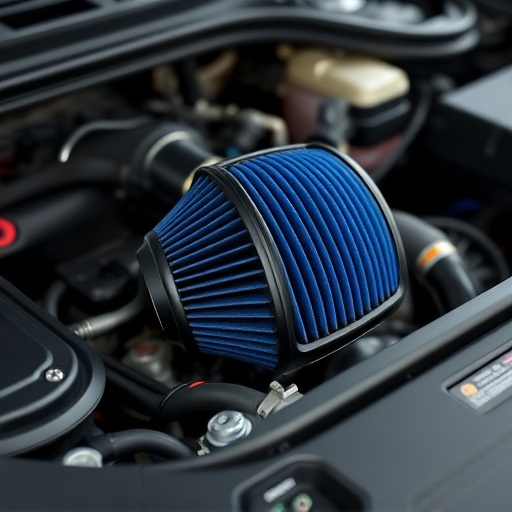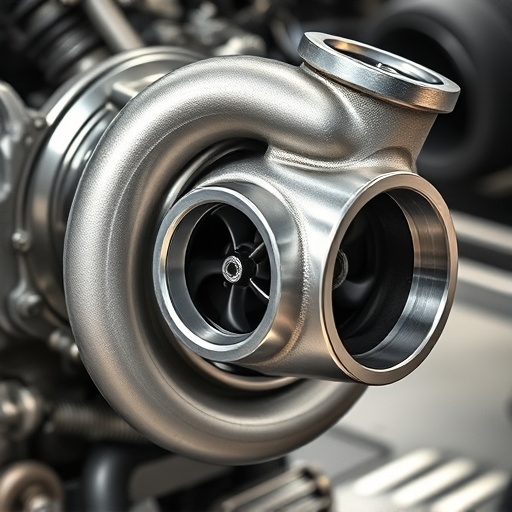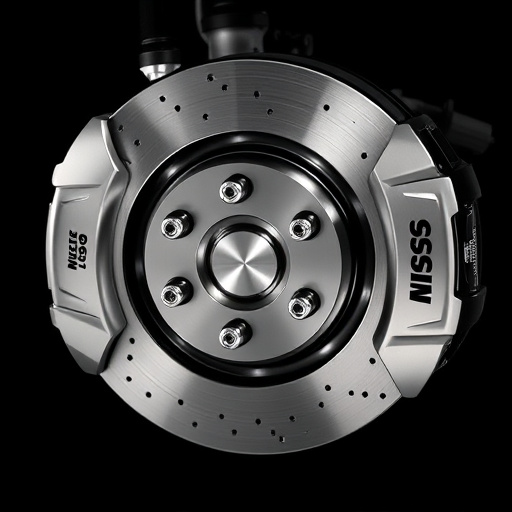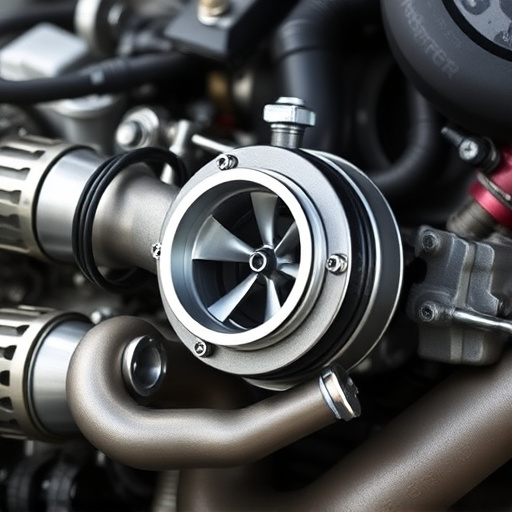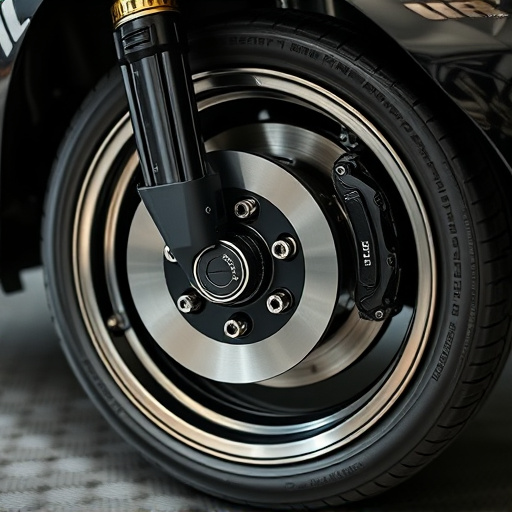Cold starts stress engines, but optimizing the engine air intake can significantly improve performance. Advanced systems like cold air intakes deliver oxygen-rich air, boosting power and torque. Keeping air filters clean and upgrading to high-flow filters enhances efficiency. Modifying intake components and exhaust systems reduces backpressure, further improving airflow into combustion chambers. Regular maintenance and upgrades to the engine air intake system ensure smoother cold starts and sustained optimal vehicle operation.
Are you tired of your vehicle struggling to start in cold weather? Discover how enhancing your engine’s air intake can transform your cold starts. This article delves into the science behind cold starts and explains how optimizing your vehicle’s air intake system leads to better performance. Learn practical tips to ensure a smooth, efficient cold start experience, even in chilly temperatures. Implement these strategies for an improved engine air intake and say goodbye to frustrating starting issues.
- Understanding Cold Starts and Engine Air Intake
- Strategies to Enhance Air Intake for Better Performance
- Practical Tips for Optimizing Your Vehicle's Cold Start Experience
Understanding Cold Starts and Engine Air Intake
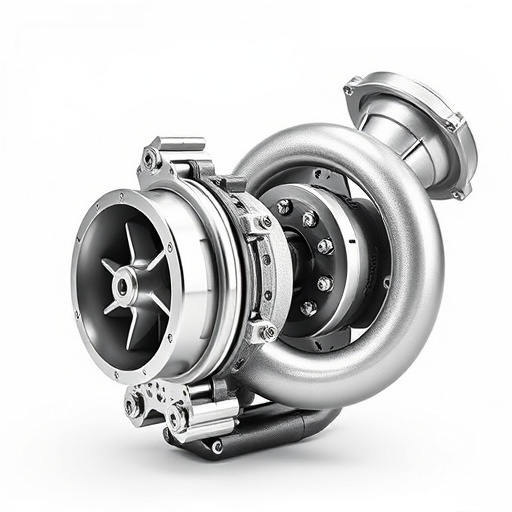
Cold starts refer to the initial engine operation after a period of inactivity, typically when an engine is first turned on in the morning or after being parked for some time. During cold starts, the engine’s components are at lower temperatures, resulting in reduced performance and efficiency. One crucial aspect that influences this process is the engine air intake—the system responsible for drawing in oxygen-rich air to support combustion.
The engine air intake plays a vital role in delivering the right amount of fresh air to the engine, especially during cold weather conditions. Modern vehicles often feature advanced air intake systems designed to optimize performance and fuel efficiency. These systems may include various components like cold air intakes, which route cool, dense air directly from outside the engine compartment into the combustion chamber, bypassing the cabin and the heat exchanger. This can significantly improve engine power and torque during cold starts. In contrast, a restricted or inefficient air intake can lead to sluggish performance, especially in colder climates, where lower temperatures affect both air density and the viscosity of engine oil.
Strategies to Enhance Air Intake for Better Performance
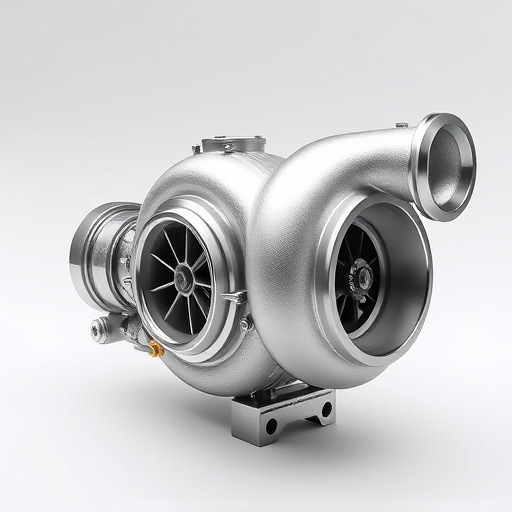
Optimizing your vehicle’s engine air intake is a key strategy to enhance performance and reduce cold starts. The right approach involves careful consideration of several factors. Firstly, ensuring your air filter is clean and well-maintained allows for maximum airflow, providing the engine with the rich mixture it needs to start efficiently. Upgrading to high-flow or performance filters can significantly improve cold-start reliability.
Additionally, focusing on intake components like air boxes, pipes, and headers can offer substantial gains. Replacing restrictive stock parts with custom or performance-tuned alternatives allows for smoother airflow, boosting power and efficiency. Even modifications like adding exhaust tips or cat-back exhaust systems can indirectly enhance engine air intake by reducing backpressure, facilitating a freer flow of air into the combustion chamber.
Practical Tips for Optimizing Your Vehicle's Cold Start Experience
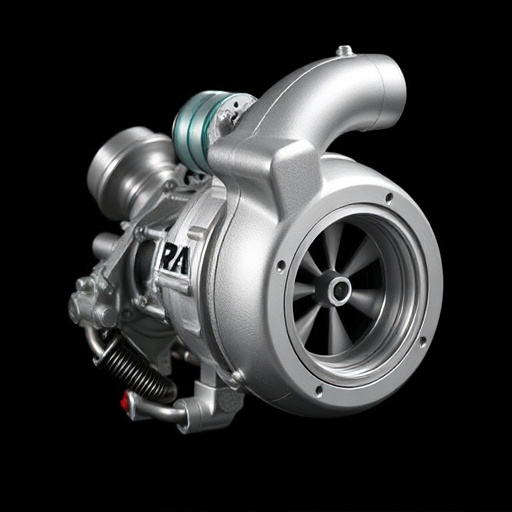
Optimizing your vehicle’s cold start experience can significantly improve engine performance and efficiency. One of the most effective ways to do this is by enhancing the engine air intake system. Start with a thorough inspection of your existing intake components for any signs of damage or debris buildup. Ensure that the air filter is clean and replaced regularly, as a clogged filter restricts airflow, leading to poor cold starts.
Consider upgrading to high-flow air intake systems designed to maximize airflow to the engine. When selecting an upgrade, pay attention to the compatibility with your vehicle’s suspension components to avoid any potential interference. Additionally, maintaining a clean and optimized air intake system throughout regular maintenance can ensure your vehicle continues to run smoothly during cold weather conditions.
Optimizing your vehicle’s cold start experience through enhanced engine air intake can significantly improve overall performance. By implementing the strategies and practical tips outlined in this article, you can ensure smoother starts, better fuel efficiency, and reduced emissions. Upgrading to a high-flow air filter, maintaining a clean air intake system, and considering an aftermarket cold air intake kit are proven methods to boost engine power and create a more enjoyable driving experience.







